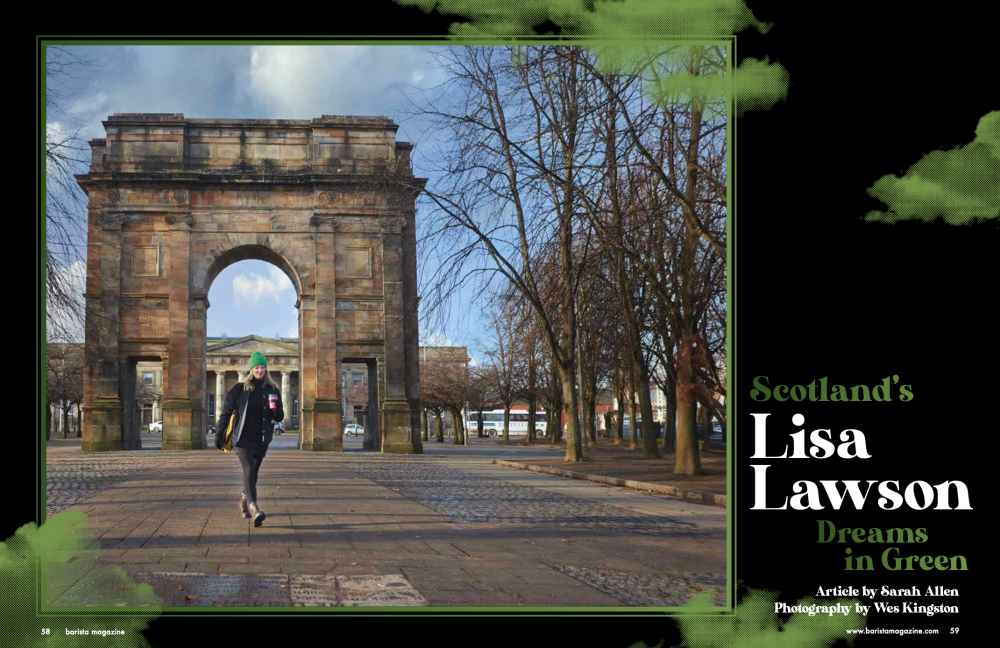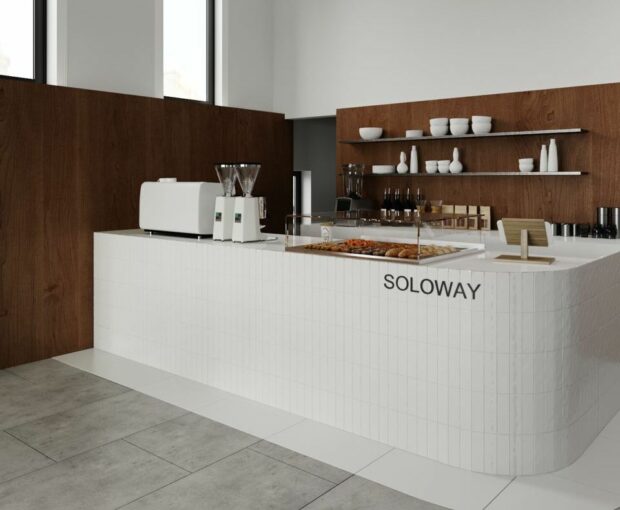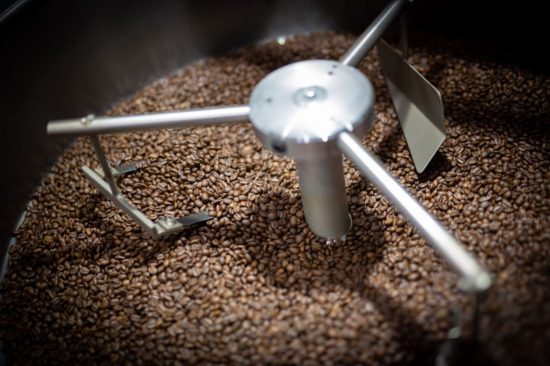I currently use an Ode for my drip and a Lido 3 for my espresso. I have ALS though and can no longer hand grind. My Ode is acting up after daily use 1-2 times a day for 3.5 years. I’ve cleaned it regularly it’s the motor I think having issues. Making odd noises....
Understanding the Process: Koji Fermentation
Understanding the Process: Koji Fermentation
Understanding the Process: Koji Fermentation
Understanding the Process: Koji Fermentation
Understanding the Process: Koji Fermentation
Understanding the Process: Koji Fermentation
[MOD] What have you been brewing this week?/ Coffee bean recommendations
Hey everyone! Welcome back to the weekly /r/Coffee thread where you can share what you are brewing or ask for bean recommendations. This is a place to share and talk about your favorite coffee roasters or beans. How was that new coffee you just picked up? Are you...
All arabica coffee is genetically similar: how can beans taste so different?
submitted by /u/fascinatingMundanity [link] [comments]
9 year old Baratza Encore: continue to fix or time to replace?
I’ve been fighting a slow grinding issue for a while now. It takes a long time (3-5 minutes) to grind enough coffee for a pot. The grind seems "fine" as well (the dial is set at 18). The beans seem to "bounce" up from the grinder cone a little....
Quality coffee bean grinders to invest in?
Hello everyone. I'm currently looking for a well-built coffee bean grinder to purchase. To give a little more detail, I'm looking for a grinder that can do coarse (cold brew, French press) and medium (pour over Chemex) grinds well. I currently have an...
Grinder for drip, pour over, and French press
I've been looking to buy a new grinder, I have a Eureka mignon filtro but I'm not happy with how it grinds on the courser end of the spectrum. Its just a mess of huge pieces and small fines and even on some pour overs the grind isnt very good either....
[MOD] Show off your gear! – Battle-station Central
Let's see your battle-stations or new purchases! Tell us what it is you have, post pictures if you want, let us know what you think and how you use it all to make your daily Cup of Joe. Feel free to discuss gear here as well - recommendations, reviews, etc. Feel...
When customers complain about the price of a cup of coffee, how should I respond?
I have to imagine that I'm not the only barista who has tried to give a customer a mini-lecture on the dynamics of the coffee supply chain. For those who have run into this similar question, how have you explained to people why their coffee is expensive using...
Pourover extraction temperature: If you had to accept a gradient, what direction is better?
A little coffee making puzzle I was trying to figure out. If you are making a V60 pourover with a fairly light roast (pick your recipe of choice). Saddly you cannot get water at your target temperature (say 202 F). Your water will either start warmer and get colder,...
Questions about taste, what is good acidity vs. sourness? Too much vs enough bitterness?
Hi all, so basically just got into specialty coffee, before this I'd only ever had instant and over roasted coffee from big chains, since I live in a country with no specialty coffee shops. My set up is, single origin guatamalan beans (freshly roasted a week...
Are there any good instant coffee brands at big box stores like Walmart (in the US)?
I recently went on a rabbit trail of instant coffee concoctions on YouTube, and bought some Folgers Instant Coffee to try it out. I actually quite enjoyed some of the instant coffee lattes I've been trying, but I know Folgers is generally considered pretty low...
Fruity coffee
I recently visited a coffee plantation and bought a bag there. They sold their bags there with labels on how the bean was processed. This “Natural” processed coffee is incredible. It’s fruity. It doesn’t have that like signature “burnt” flavor coffee has. It almost...
When recipes call for water temperature, do they mean the temp inside the kettle right before you pour it, or the temp while it brews?
I don't get it. I often see posts/recipes saying that light roasts need to be in the brewed in the 200F zone, but as soon as my cup is filled with water, the temperature has dropped to the low 190s range (in my case, I'm using an aeropress) So yeah, it drops...
[MOD] Inside Scoop – Ask the coffee industry
This is a thread for the enthusiasts of /r/Coffee to connect with the industry insiders who post in this sub! Do you want to know what it's like to work in the industry? How different companies source beans? About any other aspects of running or working for a...
Different espresso recipe?
I work at a cafe where they are using a dark roast blend and they are pulling 32g from a 18g dose for espresso. Strangely however, they pull it in 6 seconds instead of the usual 20s-30s. I’m not sure why they don’t use the standard recipe and am too afraid to ask...
Fellow Ode SSP astringent and lacking clarity on filter compared to even espresso-focused grinders
I recently acquired a Timemore Sculptor 078s, which is intended to be used primarily for espresso and supposedly doesn’t make the cleanest drip coffee according to reviewers. So out of curiosity I’ve been comparing it a lot over the past couple weeks to my gen 1 Ode...
There Are Two More Qualifying Events This Weekend
This article is from the coffee website Sprudge at http://sprudge.com. This is the RSS feed version. The 2024 United States Coffee In Good Spirits, Brewers Cup, and Latte Art Championship Qualifying Events take place in Bethesda, Maryland and Washington, DC.
Competition, Cold, and More from the 2024 U.S. Coffee Competition Qualifiers in Houston
The first round of qualifiers for the 2024 season of the United States Coffee Competitions featured the U.S. Barista, Cup Tasters, and Roasters qualifying competitions. BY KATE VAN PETTENSPECIAL TO BARISTA MAGAZINE Photos courtesy of U.S. CoffeeChamps The first round...
Aging of coffee (specifically decaf) in freezer
Hey, My girlfriend mostly drink decaf and she has a favorite coffee that she gets from a reputable roaster. Problem is, she really likes it when she gets one at the cafe, but she doesnt when we brew it at home. Even I struggle to get a correct grind size (DF64 V1) and...
Target / Good & Gather Coffee & other "unexpectedly delicious" store brand coffees?
Has anyone tried Target's in-house brand of specialty coffee? I recently decided it was too much money to continue buying super specialty beans from roasters - I know, I feel guilty not supporting smaller local roasters and will still do it every so oftenwhen I...
Examples of refractometer use in a café’s workflow?
Hello all. Curious if any baristas/qc folks here can provide examples of how they’ve used refractometers in their cafés? I understand their limitations, and I am comfortable using refractometry to gain reference points when testing recipes. But I’d really appreciate...
Drip Coffee – Does the machine matter?
Hello, Everyone! I am in a bit of a predicament and would like some guidance. For context - I am still an amateur coffee guy. I have begun to dabble in the coffee world and am slowly building my knowledge. A few years back, I began to explore quality coffee and get...
UK coffee bean recommendations
Hi. Can anyone recommend some companies that do speciality beans. I’ve tried a fair few but I like to rotate and try something new. Here’s a few I’ve tried, some do really good coffee, some I thought were just ok: - Hasbean - Horsham - Perky Blenders - North Star -...
Visiting Amsterdam. Any coffee suggestions?
I'm in Amsterdam this week. Are there any coffee's I should check out while I'm here? I'm from the US so ideally something not available back home. submitted by /u/OlDirtyBrewer [link] [comments]
Understanding the Process: Koji Fermentation
Continuing our series on coffee processing, we learn about koji fermentation, a unique process usually associated with the brewing of sake.
BY TANYA NANETTI
SENIOR ONLINE CORRESPONDENT
Photos courtesy of Forest Coffee
If brewed properly, a cup of coffee can offer countless variations of flavor and aroma. The quality and complexity of these attributes depend on many different aspects of the brewed coffee: Variety, country of origin, terroir, fermentation, and roasting style are just some of the things that can profoundly affect the final cup.
Among the many different types of innovative fermentation, one of the most interesting is koji fermentation. Usually associated with the brewing of sake, koji is a beneficial fungus that gives fermented coffee unique characteristics.
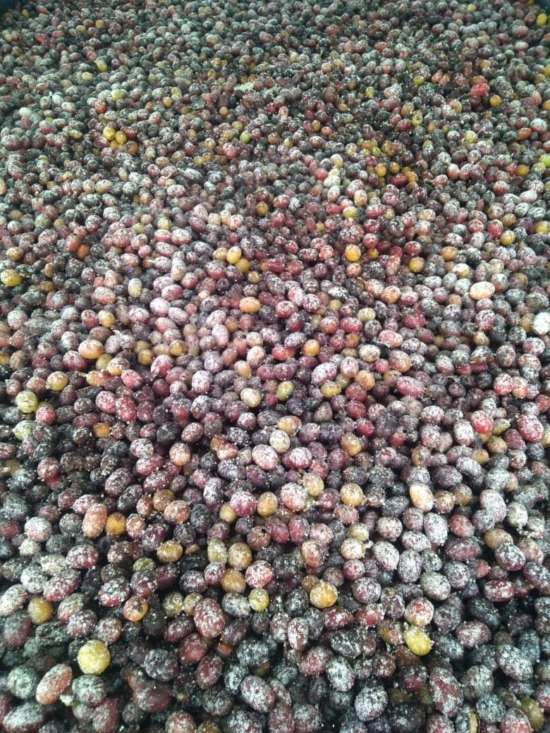

Meet Elias Bayter
Elias Bayter is currently in charge of processing at the El Vergel farm in Tolima, Colombia, and is head of the consulting part of green coffee company Forest Coffee. Elias has been working in coffee for more than 12 years, focusing on the study of processing from the beginning.
Elias, together with two roasters, was the first to develop the koji process in coffee in 2021—so he is the perfect authority on the subject to help us understand more.
What Is Koji?
“Koji is the fungus that is used to define the flavor of many of the basic ingredients of Japanese cuisine, such as soy sauce, miso, or rice vinegar,” Elias begins. “To work, koji spores are mixed with a steamed base ingredient and left to act, transforming the starch into sugar and releasing a variety of fatty acids and amino acids ideal for the production of sake or soy sauce, for example.”
But in coffee fermentation, koji spores act differently. “Instead of producing alcohol, carbon dioxide, or organic acids, koji has the ability to transmit its substrate in a different way to the yeasts or bacteria used in the usual coffee fermentations,” Elias explains. “Depending on the variables used in each fermentation, the koji transforms the sugar starch, making the most of the sugars naturally present in each bean, (which makes) Koji-based fermentation a unique type of process.”
Unlike classic coffee fermentation processes, koji fermentation doesn’t start with coffee beans, but with the koji fungus and rice.
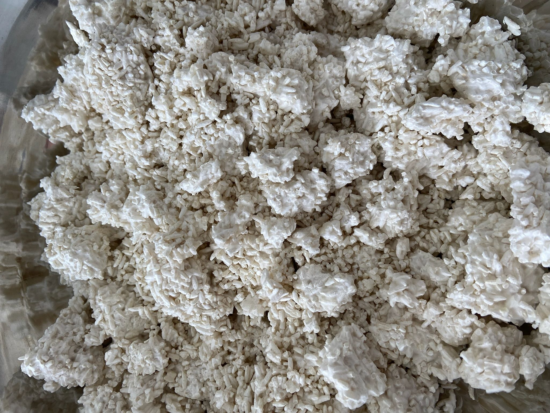

How It Works
“The process begins by harvesting the koji mushroom in rice, which is crushed to generate a powder,” Elias shares. “Only at this point (does it begin) a process similar to a normal coffee fermentation, where the mature coffee harvests are collected, floated, and separated; then the coffee beans (are poured) into plastic containers that do not exceed 5 cm in height, ensuring that the coffee is uniform. In this way, we provide air to the fruits, because this is an aerobic fermentation. At this moment, the koji spores are poured evenly over the cherries. It should be noted, however, that (it) will take at least 24 to 72 hours for the koji to develop on the fruit and work its magic. Subsequently, the coffee with the spores of the fungus is dried in silos to avoid the decomposition of the coffee cherries … the drying process should be slow and gradual, (and) the temperature should not exceed 34ºC.”
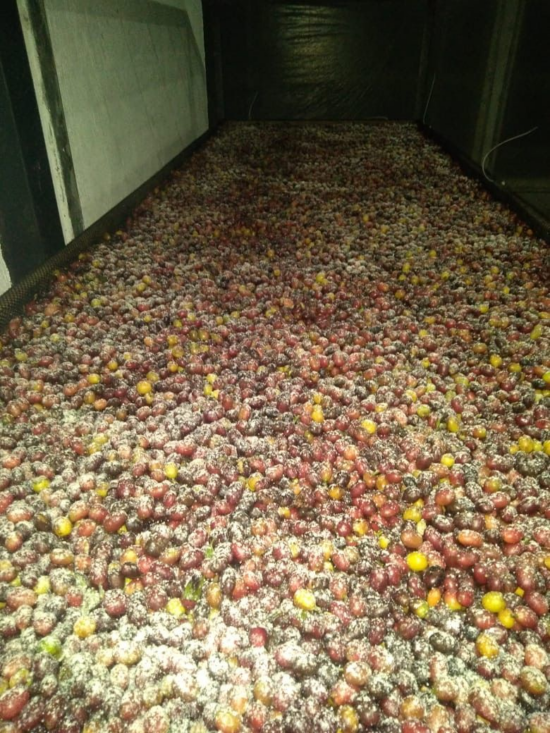

A Sweet Finish
Such a unique fermentation results in a coffee that typically will have more body, more sweetness, and a long aftertaste. “In short,” Elias concludes, “the fermentation of coffee with koji spores is able to bring out sugars in the coffee that are impossible to achieve in conventional fermentation, which helps to give the coffee its extreme sweetness and pleasant aftertaste.”
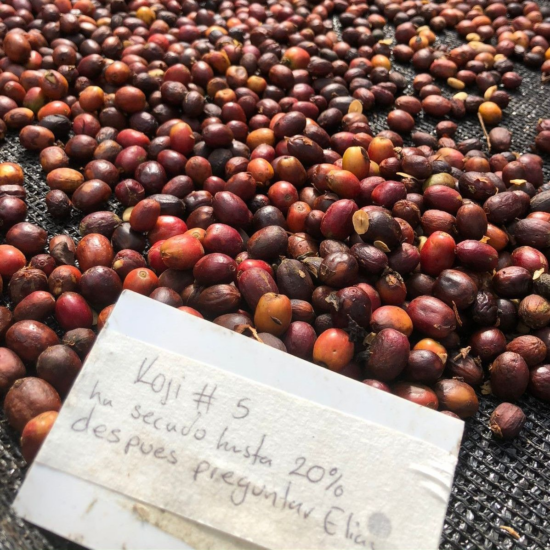

ABOUT THE AUTHOR
Tanya Nanetti (she/her) is a specialty-coffee barista, a traveler, and a dreamer. When she’s not behind the coffee machine (or visiting some hidden corner of the world), she’s busy writing for Coffee Insurrection, a website about specialty coffee that she’s creating along with her boyfriend.
The post Understanding the Process: Koji Fermentation appeared first on Barista Magazine Online.










